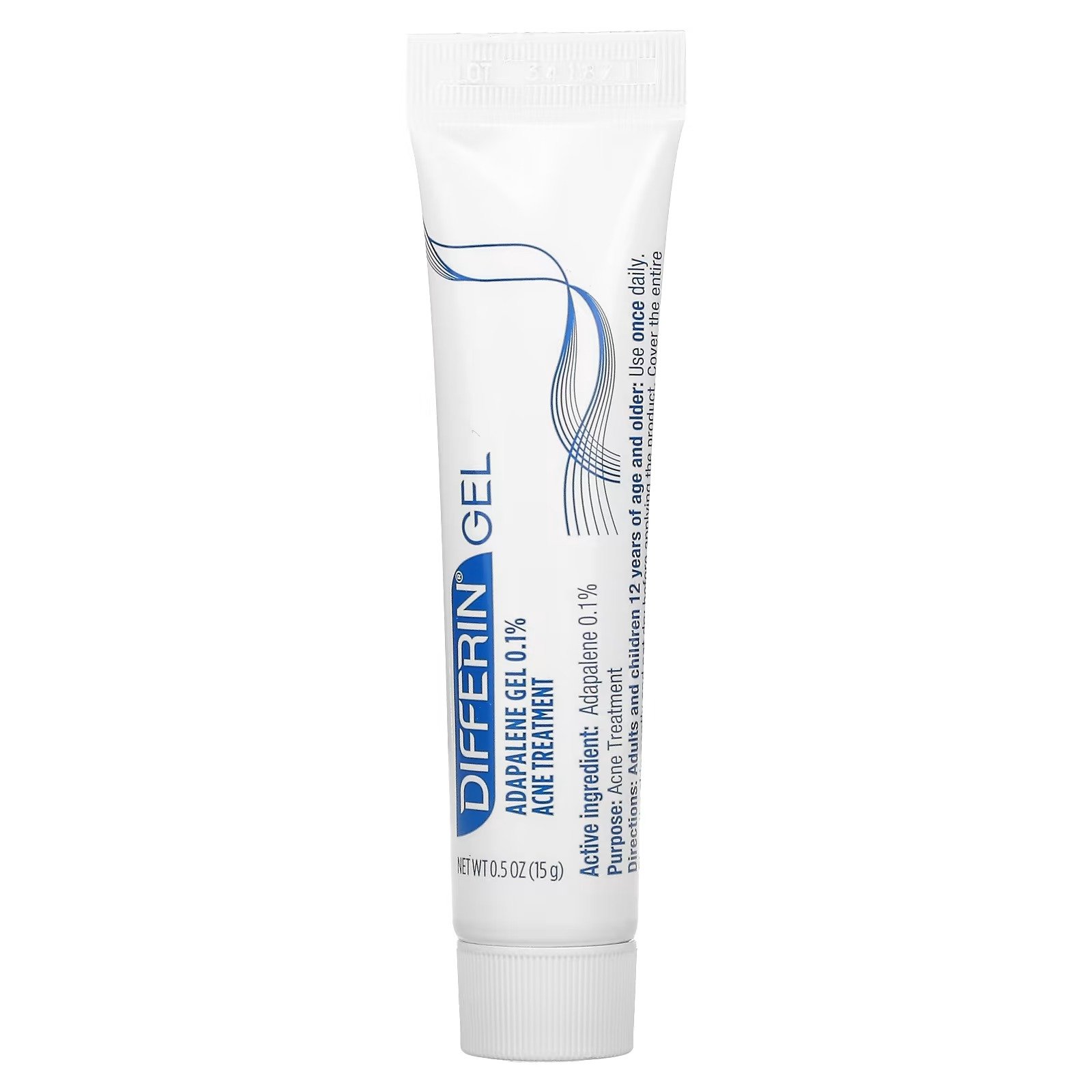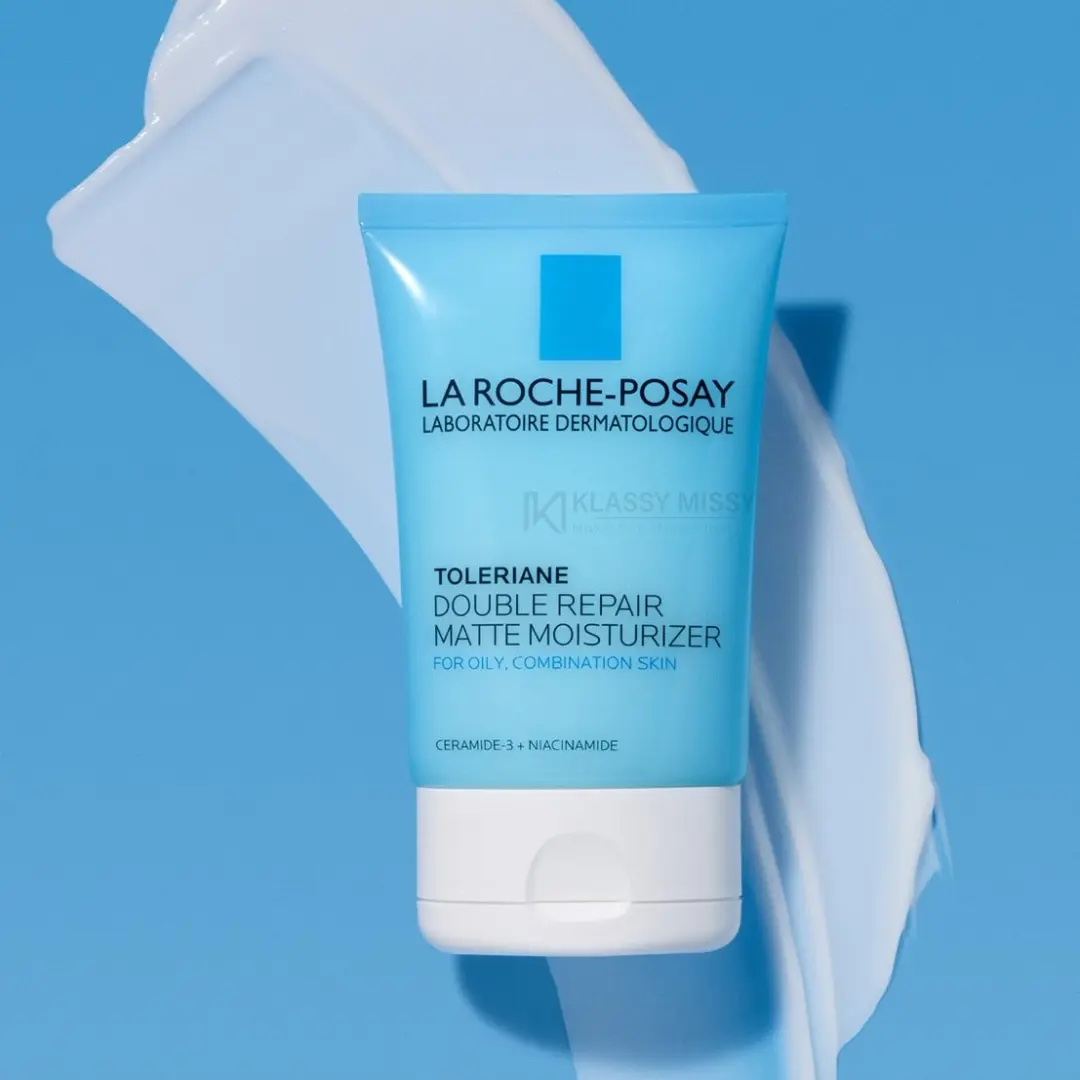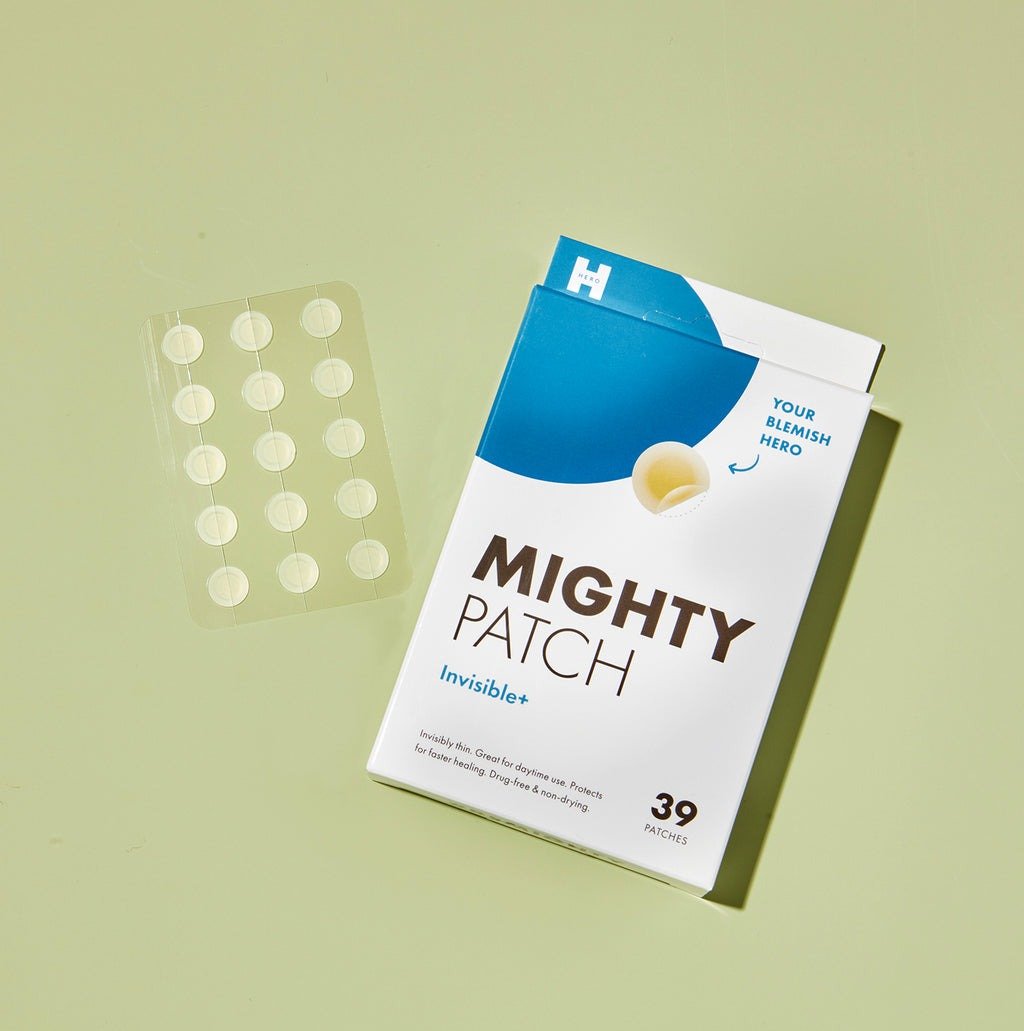Clearing the Confusion: Acne Treatment Products
IN THIS ARTICLE
Hey there, everyone! We're thrilled you're back with us at 'But More Importantly,' where we discuss all things related to skincare and dermatology. In today's article, we're exploring the top acne products currently available. While not all of them were launched this year, they remain the best choices for treating acne. We'll be featuring some familiar faces, as well as some newcomers. So, what's the ultimate acne product for your skin type this year? Let's dive right in!
We'll kick off by walking you through the skincare routine sequence - cleansers, active ingredients, moisturizers, and all else in between. Starting with acne cleansers, they might not seem important but are crucial when dealing with acne. The key components in an effective acne cleanser include salicylic acid (ranging between 0.5% to 2%), benzoyl peroxide (between 2.5% to 10%), and sulfur, which is relatively uncommon but beneficial.
Micronizing Benzoyl Peroxide: A Breakthrough in Acne Treatment
As for our top picks this year, we'll start with benzoyl peroxide. This ingredient serves best in a cleanser but also performs well as a leave-on product. We favor a lower concentration, primarily because higher doses can be irritating. Cetaphil offers a cleanser with micronized benzoyl peroxide. Why does that matter, you may ask? Micronizing benzoyl peroxide, as per a 2010 study, enhances absorption and ensures even distribution, thus minimizing clumping and hotspots. Not only does it become more effective, but it also reduces irritation. This innovative approach makes a potent cleansing ingredient both more pleasant to use and more efficient. This product even rivals prescription-based ones, such as Epsilay, an encapsulated leave-on benzoyl peroxide product, and we often recommend the Cetaphil cleanser, with 2.5% micronized benzoyl peroxide, in its place.
A 1986 study demonstrated that 2.5% benzoyl peroxide was as effective as 10%, hence there's no need to use a stronger concentration and potentially irritate your skin in the process. It's also important to remember that benzoyl peroxide can bleach clothing and hair, so ensure to rinse thoroughly. While a benzoyl peroxide cleanser is an excellent choice for treating acne, especially the inflammatory type, it's not so great for blackheads or trichomadones. For those dealing with dry, comedonal acne, I recommend the CeraVe Acne Control Cleanser which contains 2% salicylic acid.
Best Leave-On Treatments for Acne
Next, let's discuss leave-on treatments. Adapalene remains the top anti-acne leave-on treatment available without a prescription and you can find it in products by Differin and La Roche Posay. It treats various types of acne and even acne scars, improving skin texture. This is your go-to treatment if you can only buy one product and have a limited budget.
La Roche Posay Effaclar Duo, another challenging product to outdo, combines benzoyl peroxide and lipohydroxy acid. It's a versatile product that you can use as a spot treatment or all over the face, making it suitable for acne-prone skin as a preventative measure.
If you can't tolerate Lipohydroxy acid, Neutrogena's Stubborn Acne line offers a 2.5% Micronized benzoyl peroxide product. However, if you're using any other benzoyl peroxide product, do not use this in conjunction or it'll blow your face up. You should choose between a wash or leave on, not both.
The Importance of Moisturizers in Acne Management
Moisturizers are crucial for those with acne, despite the misconception that they make oily skin greasier. Certain moisturizers can actually help with this issue and reduce irritation caused by active acne ingredients, improving the effectiveness of your acne control. My top pick in this category is the Cetaphil Gentle Clear Mattifying Acne Moisturizer. It's excellent for oil control and assists in lightening post-acne dark spots thanks to its salicylic acid and kojic acid components.
Alternatively, if you prefer a gel moisturizer and you have oily skin, I highly recommend the Toleriane Double Repair Matte Moisturizer from La Roche Posay. It controls oil effectively and leaves your skin feeling light and less greasy.
Exploring Alternative Acne Control Products
Moving on to miscellaneous products, I highly recommend pimple patches. However, I advise against using them all over your entire face, they should just be targeted at inflamed or surface-level acne pimples. My favorite brand in this category is Hero Cosmetics, though the Neutrogena versions released this year are also a solid choice. They are designed to contour to your nose and not only target the acne-prone skin but also help remove oil. The Peace Out Skincare day patches also contain complementary ingredients and are quite effective.
Let's talk about salicylic acid sprays. Unfortunately, these weren't available during my younger years when I struggled with severe body acne, predominantly on my back. I wish they were, because they are fantastic in that they can be easily applied to the arms, the back, and all over the body. However, I'm not fond of spraying these on the face due to inhalation concerns. One product I'd like to recommend is the spray from Naturium, which combines salicylic acid with calming and soothing ingredients. There are many other options out there if you want to mix it up, including ones I've tried by the likes of Differin.
Here's an essential pointer: you can use facial products on your body as the skin there tends to be more resilient. Basically, any product previously mentioned can be used on your body, including hard-to-reach areas. Don't overlook your body in your acne treatment.
The Role of Active Ingredients in Your Anti-Acne Regime
In wrapping up, I'd like to stress the importance of active ingredients in your anti-acne regime. Some people follow routines suggested by popular influencers and complain about not seeing improvements. Often, that's because they neglect to include key acne-fighting ingredients like salicylic acid, benzoyl peroxide, adapalene, and sulfur.
Effective Skincare Regime for Acne Control
Remember, you can also find more effective treatments in a dermatology office, as over-the-counter options are limited. If your acne doesn't improve given the product recommendations in this article, consider seeing a dermatologist. There are also online dermatology services if face-to-face consultation isn't feasible. Don't forget to like, comment, subscribe, and stay tuned for our next article. See you then!
About the Author: Caolan
With over a decade of international experience, Caolan's passion lies in simplifying the complex. Now, as the founder of But More Importantly, he applies these talents to the world of cosmetics, aiming to unmask marketing hype and provide readers with the truth about beauty products. His mission: to help you make informed choices and discover what truly enhances your beauty routine.























